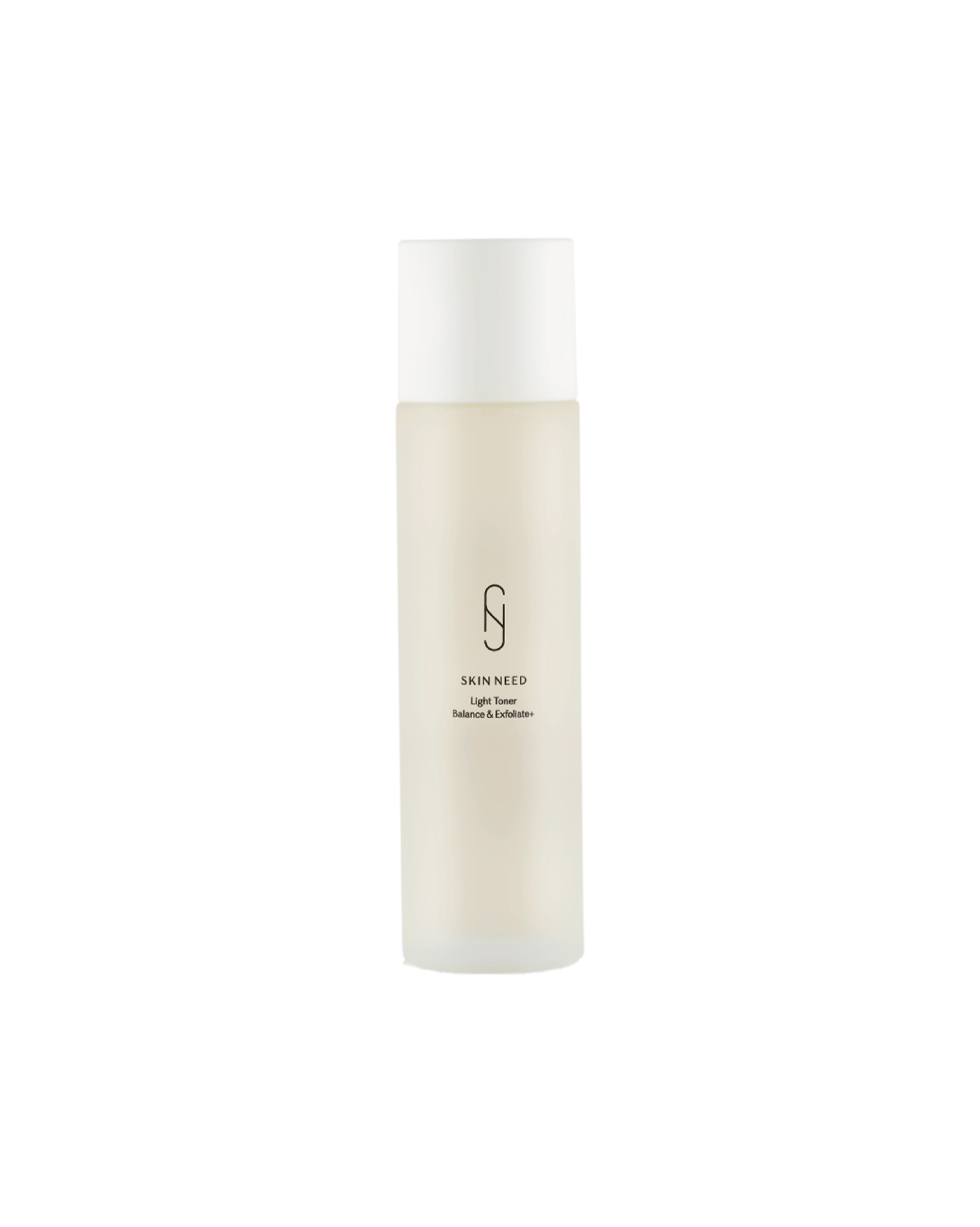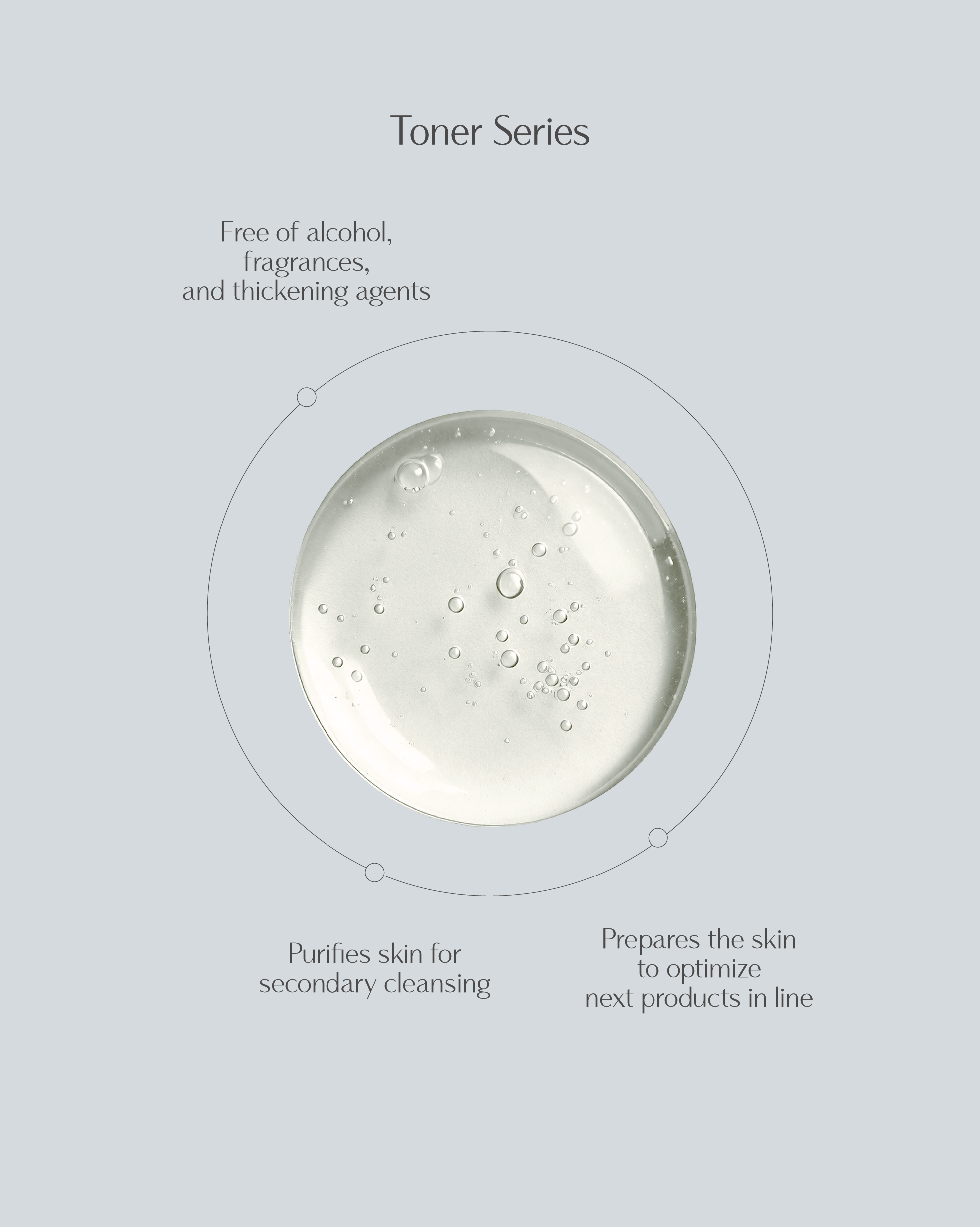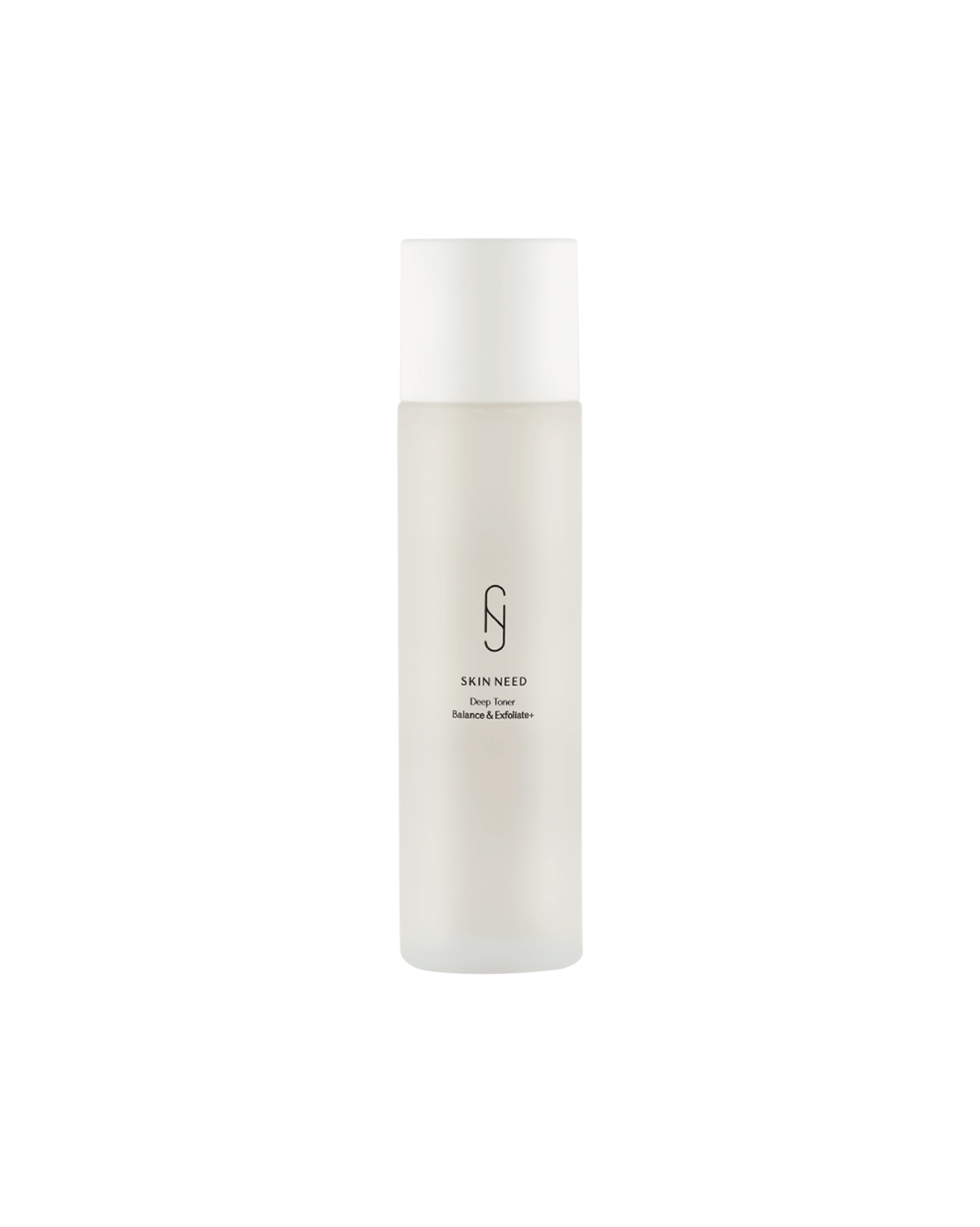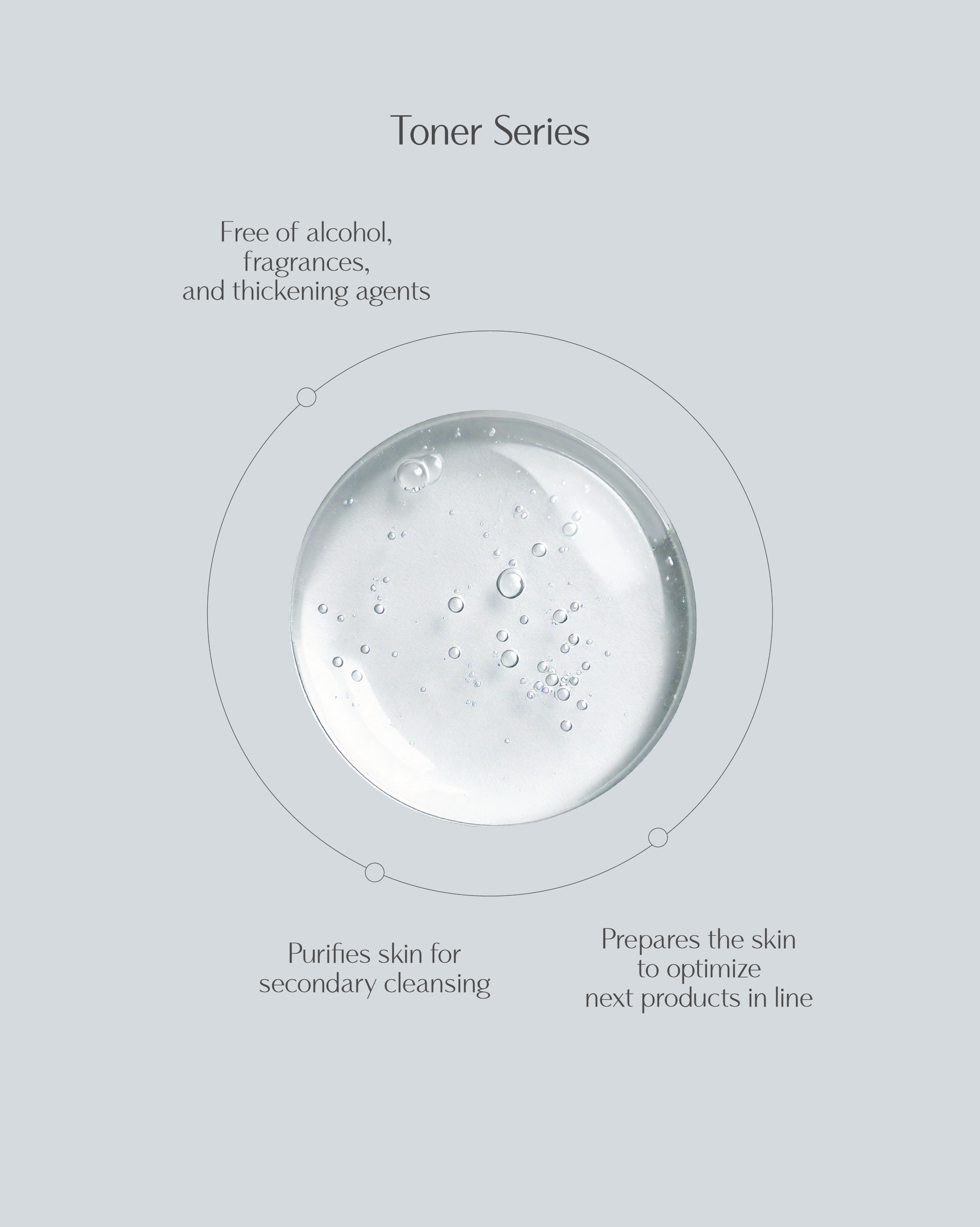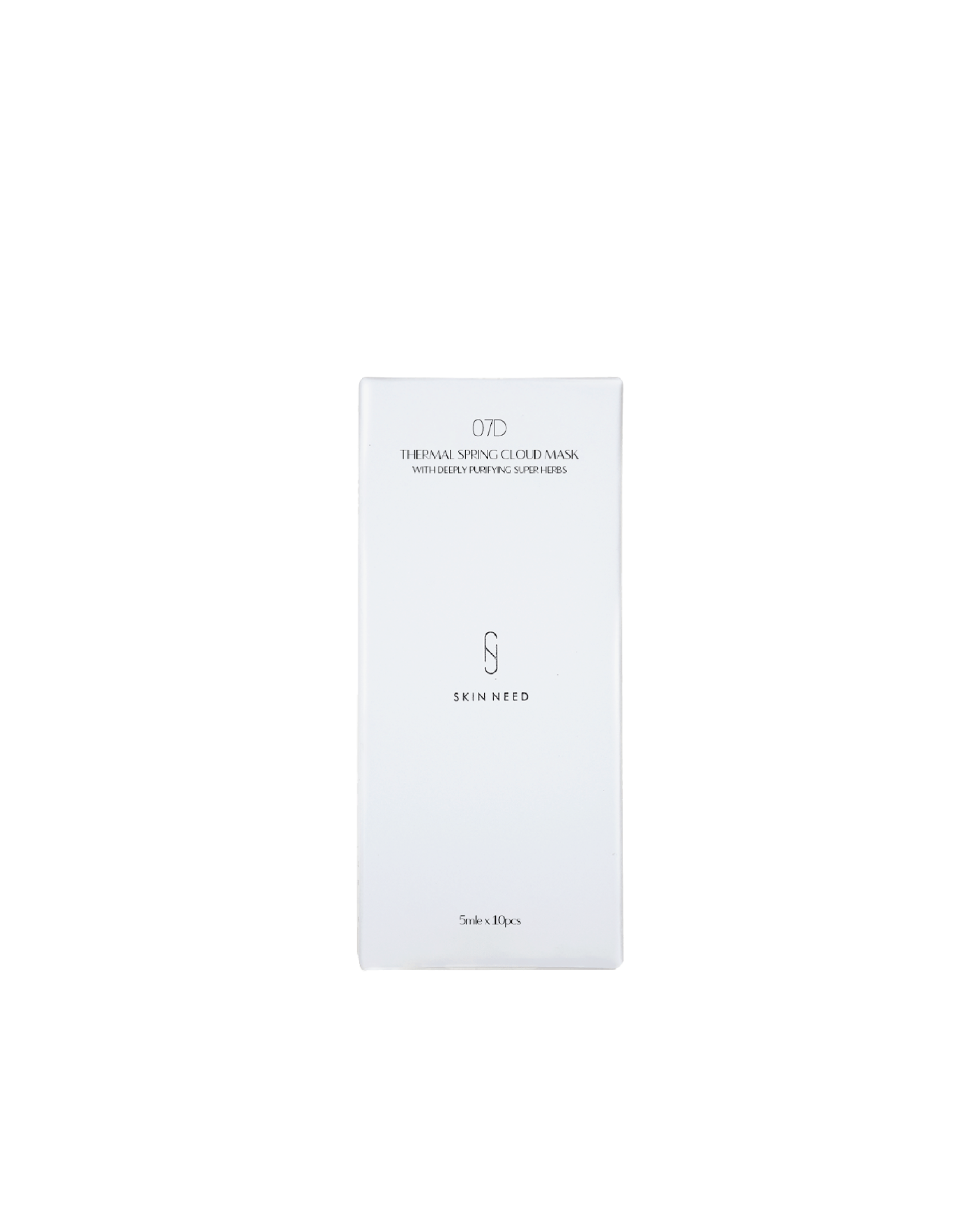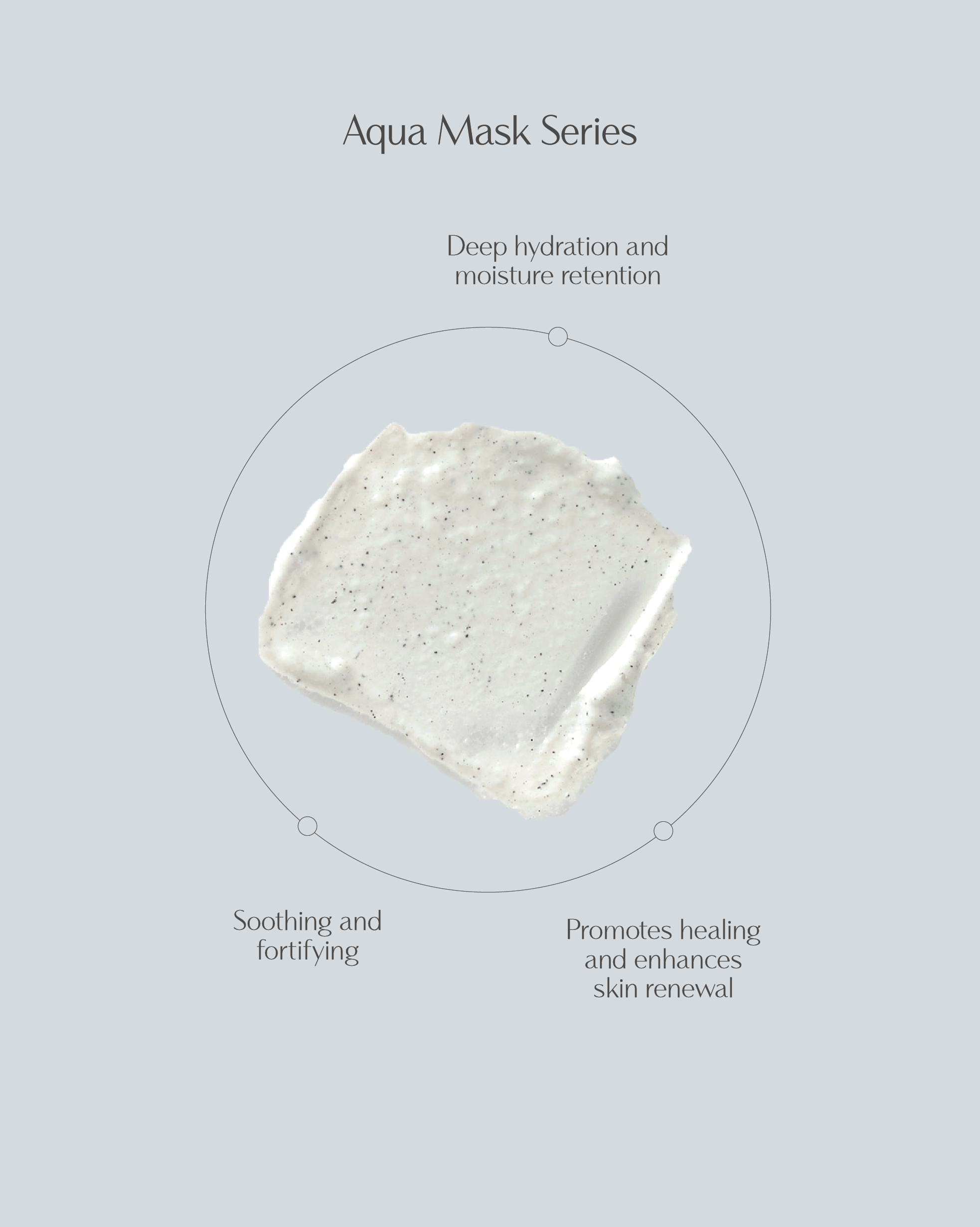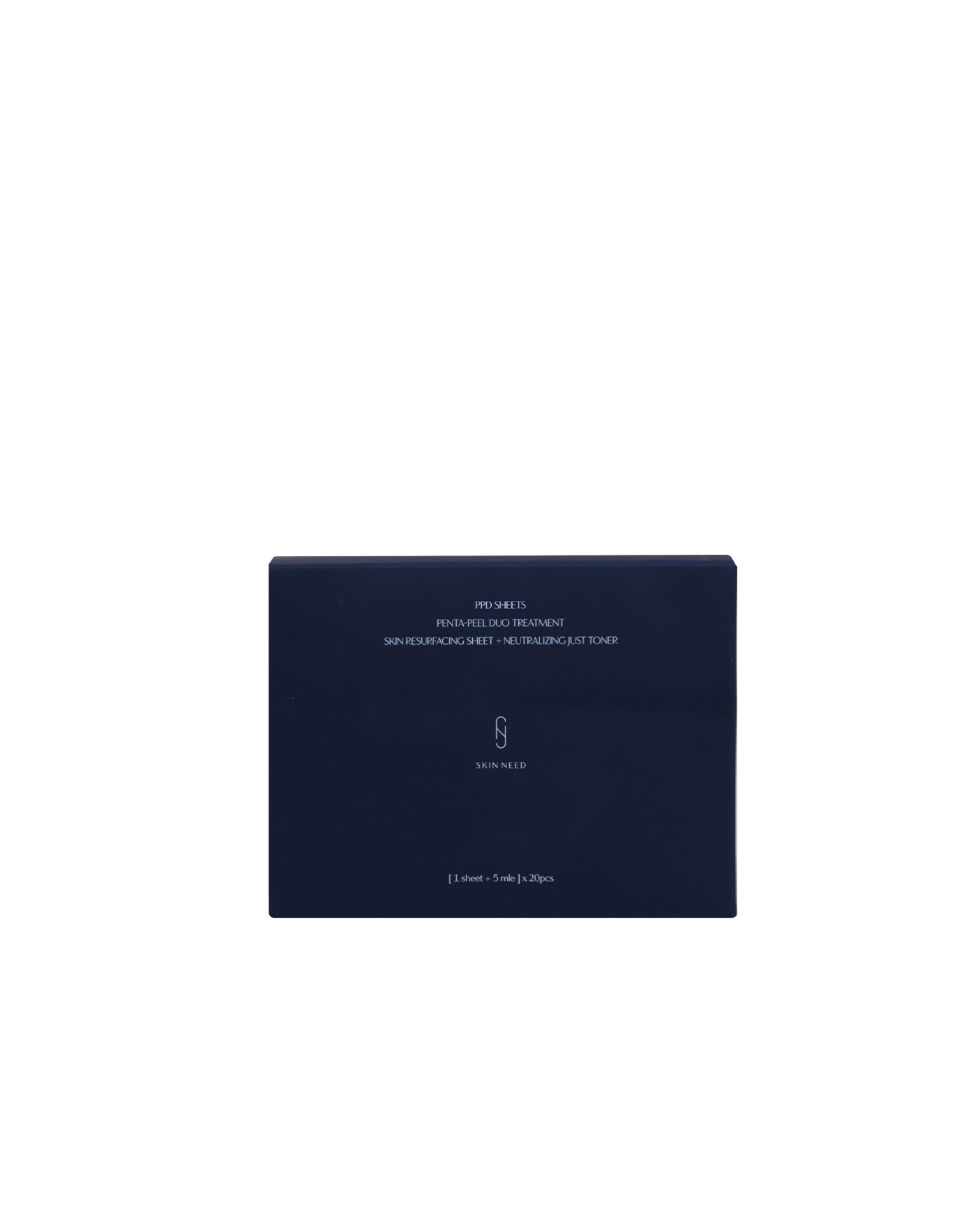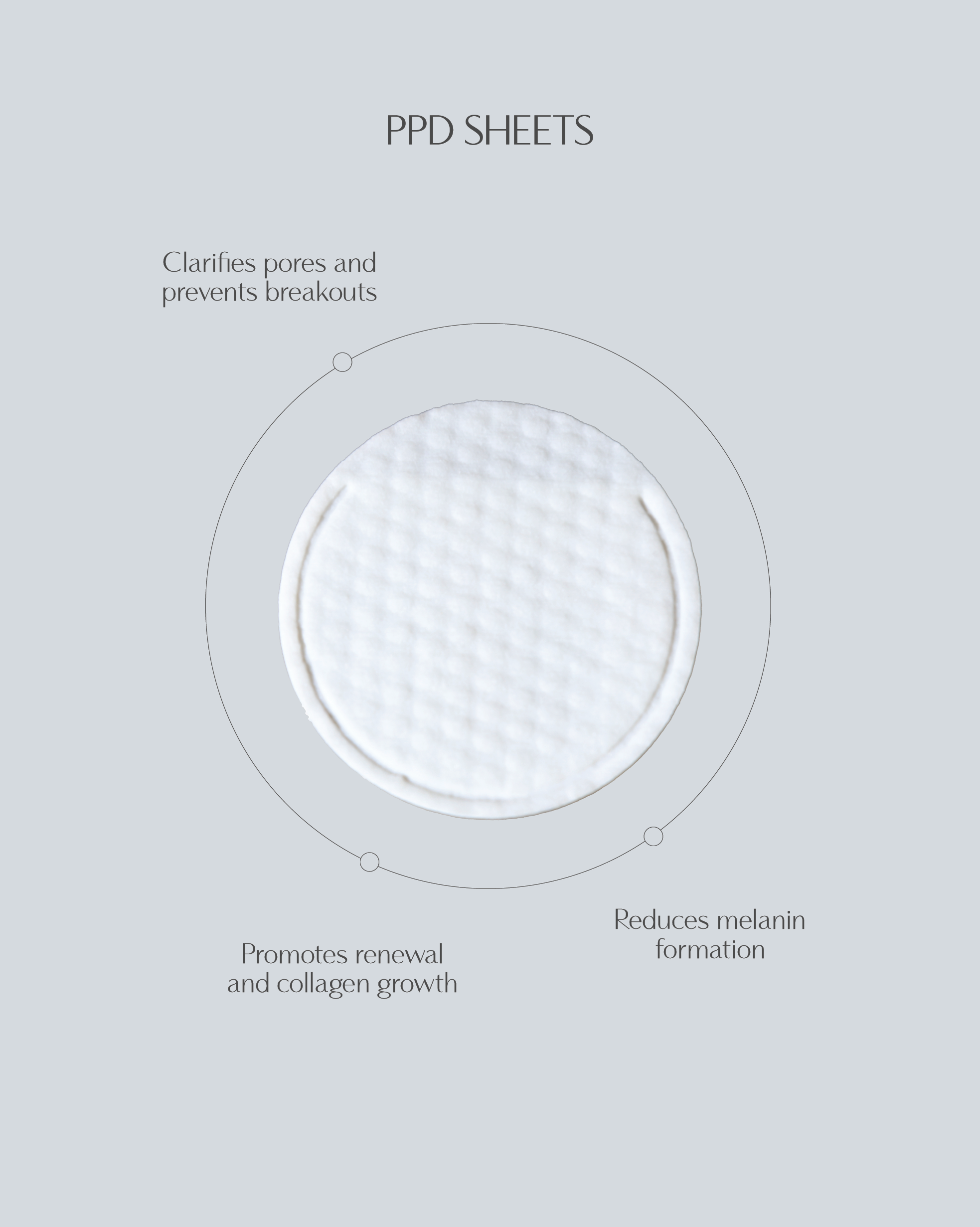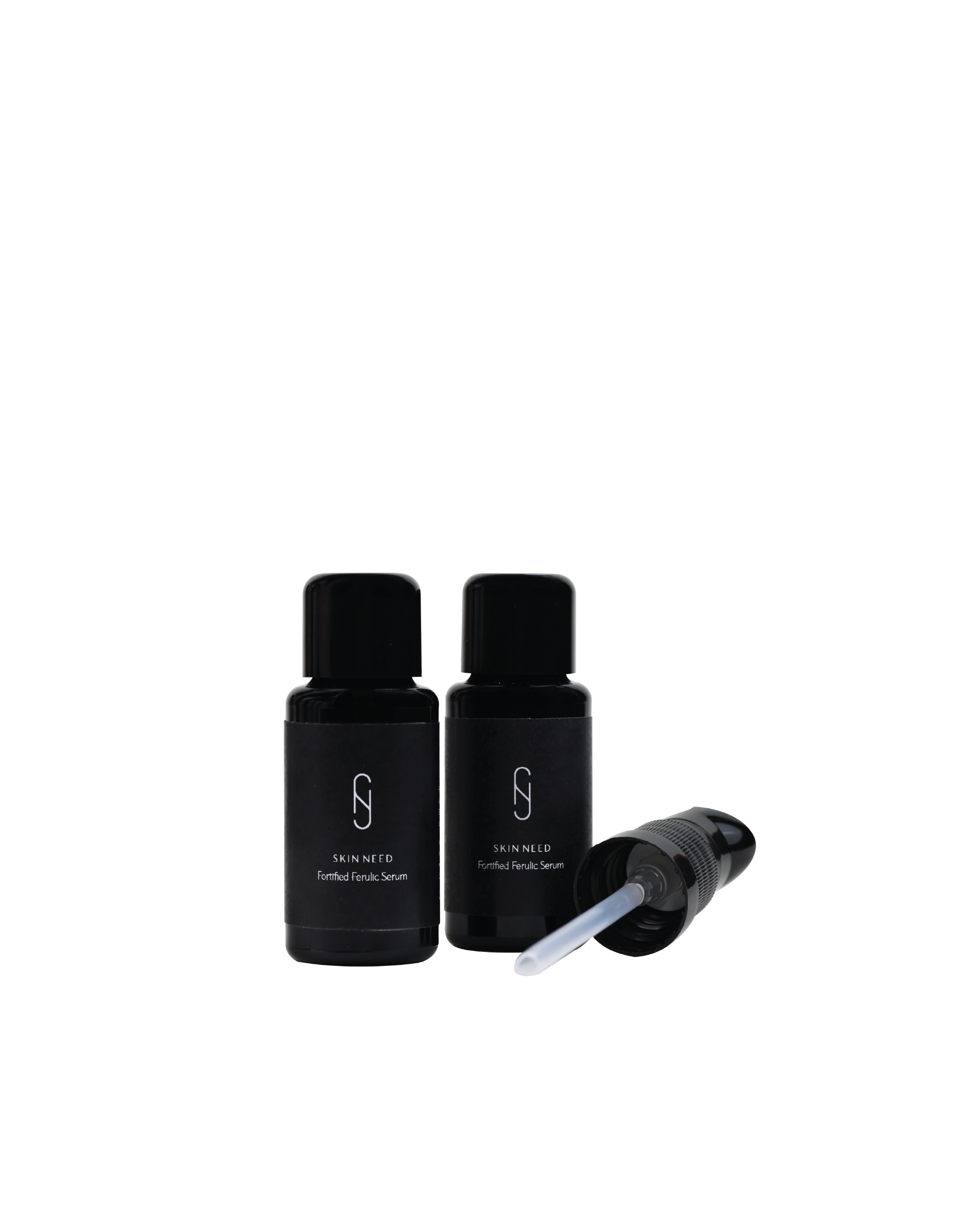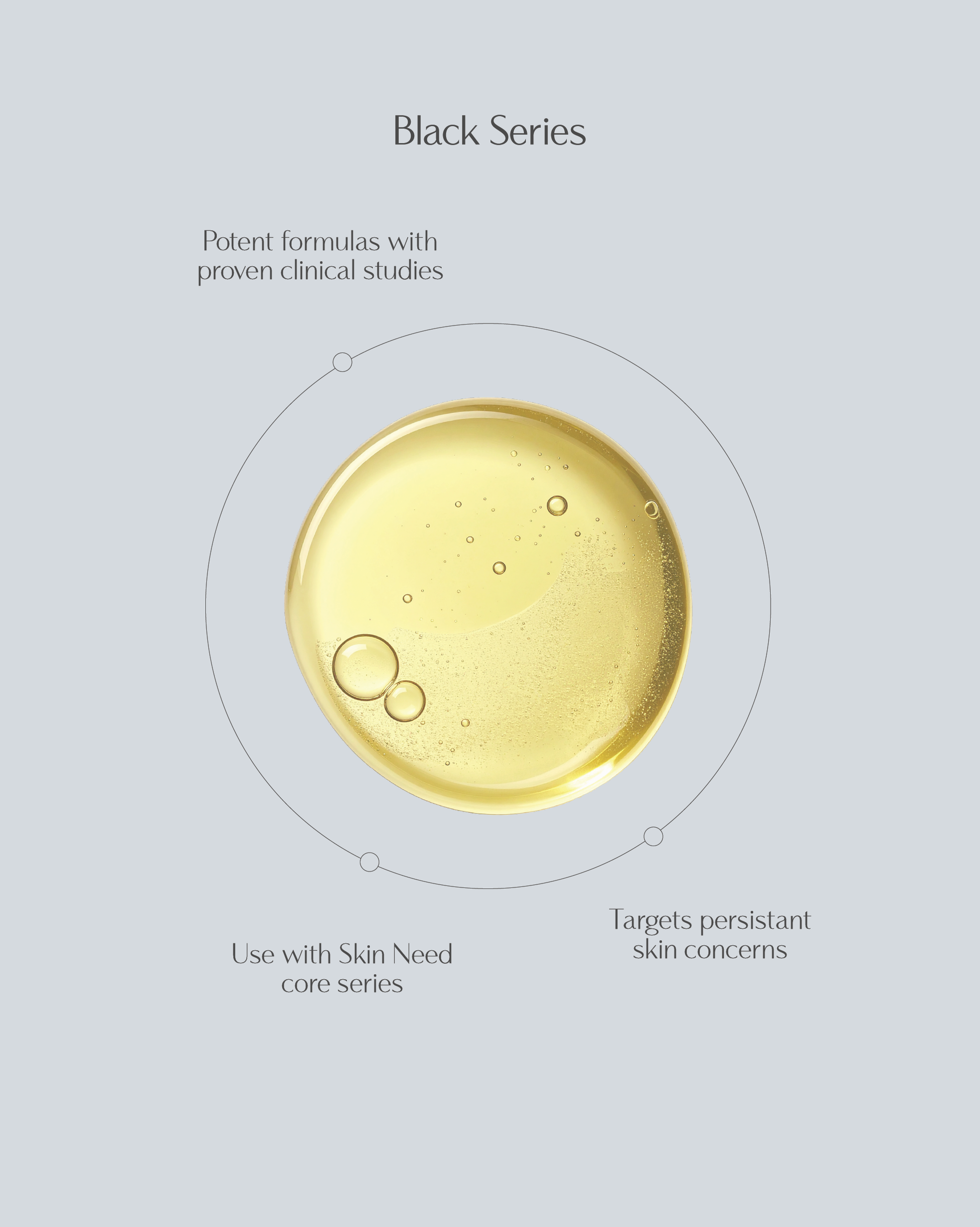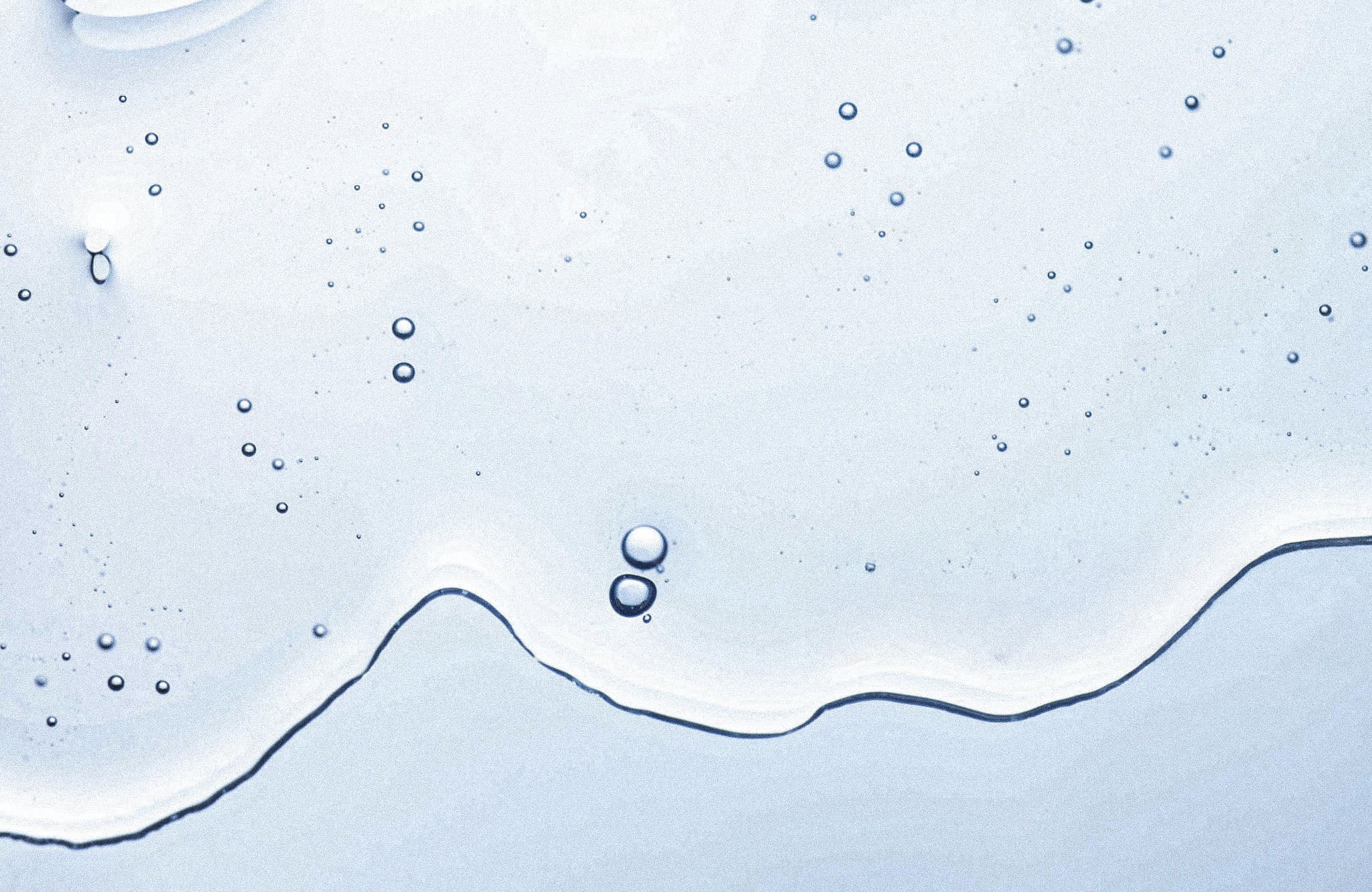
What is Acids?
Skin Type: Can be used by all skin types but highly dependent on the kinds of acid and their concentrations
Skin Concern: Can be used to treat all sorts of skin problems except sensitivity but highly dependent on the kinds of acid and their concentrations
Overview

Acids encompass a broad range of ingredients including the soothing Hyaluronic Acid, anti-ageing Ferulic Acid, whitening Kojic Acid, antioxidizing L-Ascorbic Acid…etc, but this section here mainly introduces 3 classes of acids: AHA, BHA, and PHA - commonly known as the “exfoliating acids.”
Derivatives/ Variations
AHA
most commonly Glycolic Acid, Lactic Acid, and Mandelic Acid. Glycolic Acid has the smallest molecular size and most penetrable into skin, speeding up cellular turnover for fast and potent skin renewal. Lactic Acid is also an effective exfoliating agent, promoting skin lightening effects while also increasing skin moisturization, although it has a bigger molecular size than Glycolic Acid and does not penetrative as effectively. Mandelic Acid also has a higher molecular size than Glycolic Acid, but with its antimicrobial properties, it lends more benefit to acne prone skin, and studies have shown to work in great synergy with Salicylic Acid - a BHA - for anti-acne treatments.
-
BHA
also known as Salicylic Acid, and in contrast to the water-soluble AHA, this acid is oil-soluble and therefore can dissolve sebum in pores to treat congestion, comedones, and acne - an action that AHAs are not able to perform. When combined with Mandelic Acid, Benzoyl Peroxide, Sulphur and other anti-acne ingredients, it enhances their effectiveness to reduce acne inflammation. Since this ingredient can lead to drying of skin, adequate moisturization is essential when using this ingredient especially in higher concentrations (above 1%).
-
PHA
is the most gentle form of Hydroxy Acid suitable for irritation, dry, and sensitive skin types, with ingredients commonly known as lactobionic, galactose, gluconolactone. They have a higher molecular weight than AHAs and therefore does not penetrate as effectively into skin, which contributed to their more gentle nature. When formulated with other potent anti-ageing, whitening, acne treatment products, it can function as a booster to optimize their effects.
-
Other exfoliating ingredients: Glucosamine
with gentleness comparable to PHA and clinically shown to exfoliate skin while offering anti-ageing effects
Ingredient with Synergistic Effects
A skin soothing and hydrating ingredient suitable for all skin types and especially beneficial to calm sensitive and irritated skin. Works in synergy with exfoliating acids to minimize irritation symptoms, as well as delivering instant suppleness.
-
As acids exfoliate and slough off dead skin cells clinging onto skin surface, the use of ceramides in next products in line can rebuild a strong first line of defense on skin surface to reduce transepidermal water loss as well as increase skin resiliency against external sensitizing agents.
Discover Our Products Containing Acids
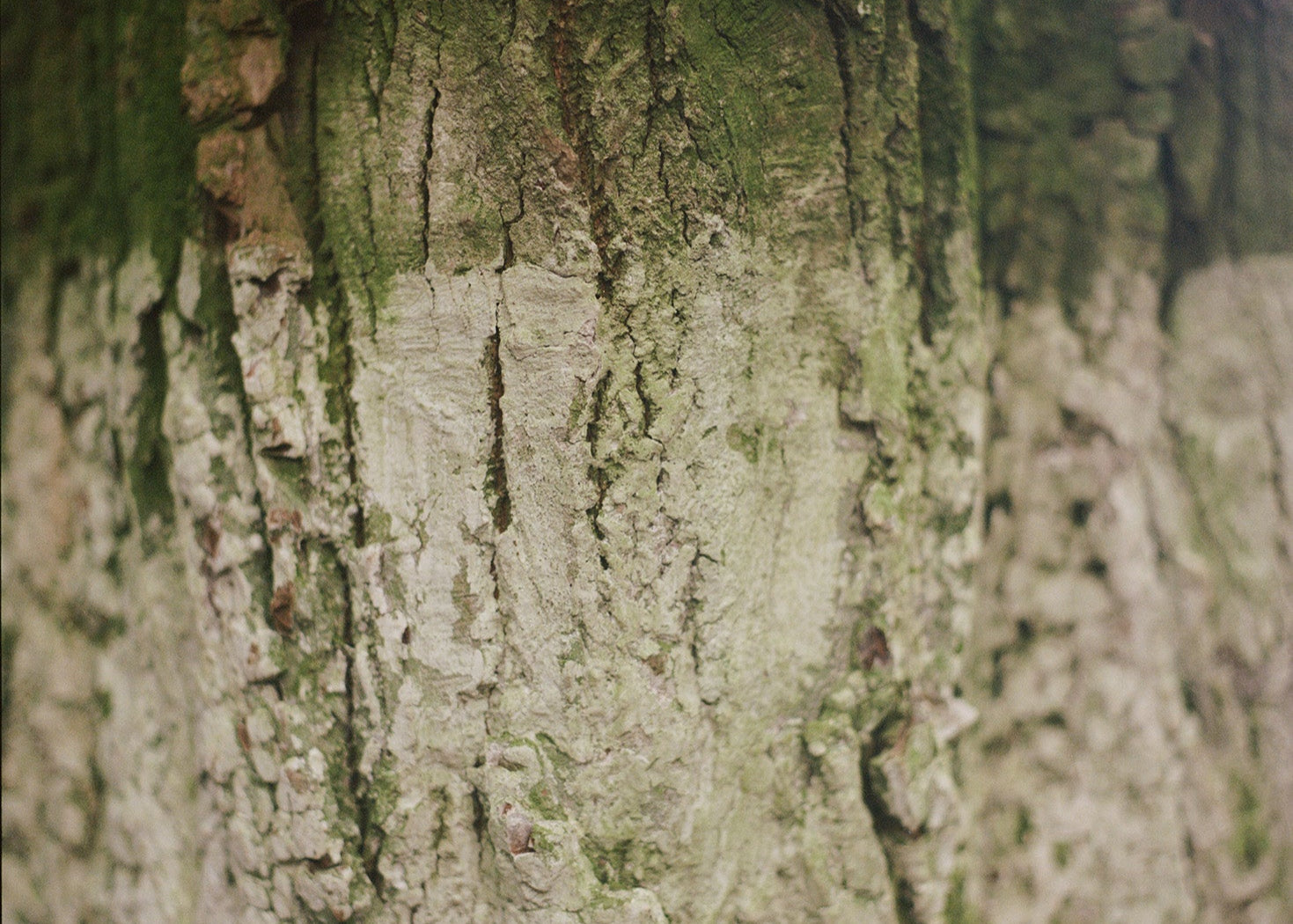
Sustainability Features of AHAs and BHAs in Skin Need formulas
- Plant-derived AHAs and BHAs synergized with their original plant extract for additional nutrition benefits
-
- Biodegradable, non-bio cumulative, and extracted from non-genetically modified sources, and purification processes comply with principles of green manufacturing
-
- USP grade

